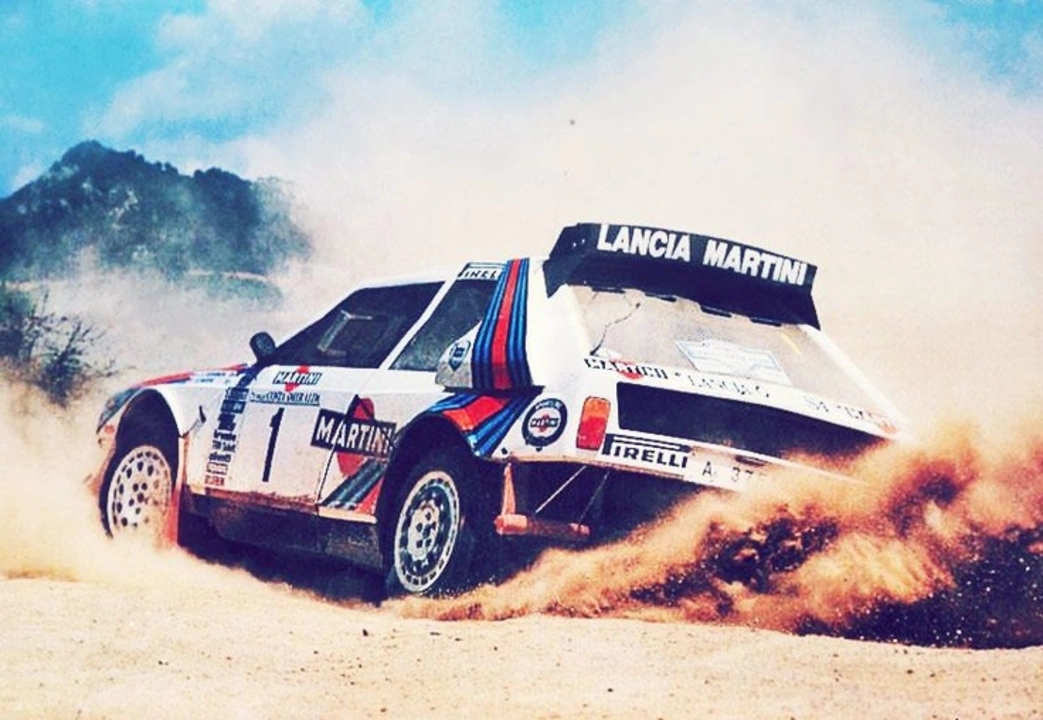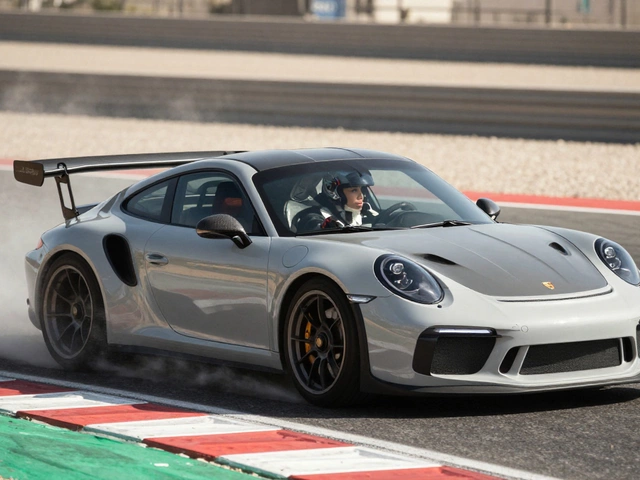Safety Concerns in Rally Racing: What You Need to Know
Rally racing thrills you with fast cars, unpredictable roads, and tight corners. But that excitement comes with real safety risks. If you’re new to rally or just want to brush up, here’s a straight‑forward guide to the most common safety concerns and how to handle them.
Car Prep and Protective Gear
First thing on the list is the car itself. A rally car needs a solid roll cage, racing seats, and five‑point harnesses. Those parts aren’t optional – they keep the driver’s body inside a protective shell when the car flips or hits a barrier. Also, make sure the fire‑suppression system is installed and the extinguisher is within reach.
Don’t forget the driver’s own gear. A certified helmet, fire‑resistant suit, gloves, and boots are the basics. Many accidents happen because a driver skips a piece of equipment to save weight or time. The extra gear might feel bulky, but it can be the difference between walking away and serious injury.
Road Conditions and Navigation
Rally stages run on public roads, gravel, snow, and sometimes icy patches. The surface can change in seconds, so you need to read it fast. A good navigator helps, but relying only on the co‑driver can be risky. Spend time learning the route, memorizing key landmarks, and visualizing the turns before you line up at the start.
When the weather turns foggy or rainy, visibility drops. Reduce speed a bit and keep a safe distance from the car ahead. The rule of thumb is to treat every corner as if it could be slick – that way you’re prepared for the worst.
Another hidden danger is the crowd. Spectators often stand too close to the road. Rally organizers usually mark spectator zones, but it’s worth double‑checking before you start a stage. If you see a crowd spilling onto the line, slow down and give them space.
Finally, keep your emergency kit handy: a spare tire, basic tools, a first‑aid kit, and a portable radio. Mechanical failures or sudden injuries happen, and being prepared means you won’t be stranded for long.
Rally racing can be incredibly safe when you respect these concerns. The sport has come a long way with stricter regulations and better equipment. By paying attention to car prep, wearing the right gear, and staying alert on the road, you can enjoy the rush without compromising safety.

In rally car racing, why were Group B rally cars banned?
Group B rally cars were banned due to their incredibly high speeds which led to serious accidents and fatalities in the 1980s. The lack of strict regulations allowed manufacturers to develop extremely powerful and lightweight cars, resulting in dangerous driving conditions. Unfortunately, several tragic incidents involving both drivers and spectators forced the Federation Internationale de l'Automobile (FIA) to take action. In 1986, the FIA decided to discontinue Group B and focus on improving safety regulations. As a result, Group B rally cars are now remembered as a thrilling yet dangerous chapter in the history of rally car racing.
read more
